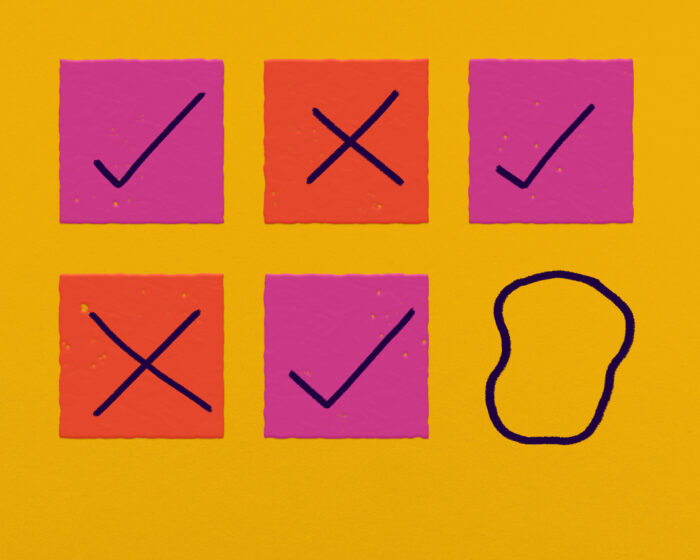Layoffs, cost-cutting, and a sharp focus on “performance” have many employees wondering: Am I valued for what I do—or for who I am?
We use certain phrases so often that we rarely question them:
- “She’s an asset to the organization.”
- “We’ll leave that up to human resources.”
- “I don’t have the human capital for the project.”
But what does language like asset, resource, or human capital say about how we see people—the living, breathing individuals we interact with each day?
The Problem with Old Ideas
William Faulkner once wrote, “The past is never dead. It’s not even past.” In many organizations, outdated thinking still shapes the way we work today. Here’s how:
1. The Machine Mindset
The Industrial Revolution taught us to value efficiency above all else. Workers were expected to function like machines—productive, tireless, unemotional.
We still hear it today: employees as assets, resources, capital. But our emotions aren’t optional. They drive creativity, collaboration, and decision-making. Asking employees to “leave emotions at the door” is like asking them to work without oxygen.
2. The Myth of “Soft” Skills
Real leadership, collaboration, and adaptability aren’t “soft.” They’re the hardest—and most valuable—skills in any workplace.
Yet, many companies still prize logic, speed, and expertise over reflection, connection, and agility. Dismissing emotional agility as “soft” ignores reality. The best leaders know that logic alone doesn’t inspire people. Emotions do.
What this Means for Your Workplace
Organizations don’t need more efficiency. They need people who can think, adapt, and solve real problems. That requires emotional agility:
- Pushing a project over the finish line? People need psychological safety to take risks.
- Launching a wellbeing initiative? Employees need to feel heard first.
- Want better leaders? The best ones balance logic with empathy.
Performance matters—but so do the human skills that fuel it. The best workplaces recognize that emotional agility doesn’t replace results; it strengthens them.
The Long-Term Impact
Treating people like machines doesn’t just lower engagement—it erodes trust, innovation, and long-term success. A workplace that prioritizes output over people creates a culture where burnout thrives and creativity dies.
But when people feel valued for who they are, they bring their best thinking, energy, and commitment to the workplace.
Time for a New Story
Work is human. The best workplaces challenge outdated thinking and build something better.
So, ask yourself: What kind of workplace are you helping to create? Is it one where you—and the people you care about—would want to work?







 Take the Quiz
Take the Quiz